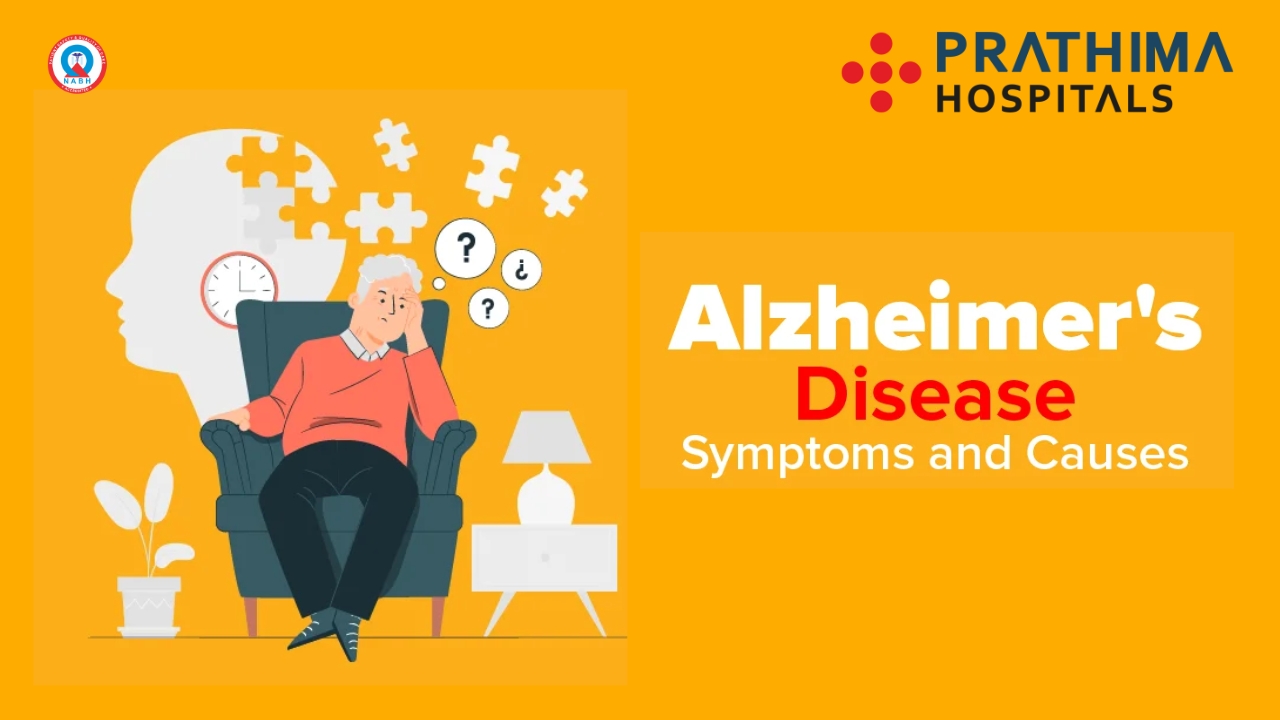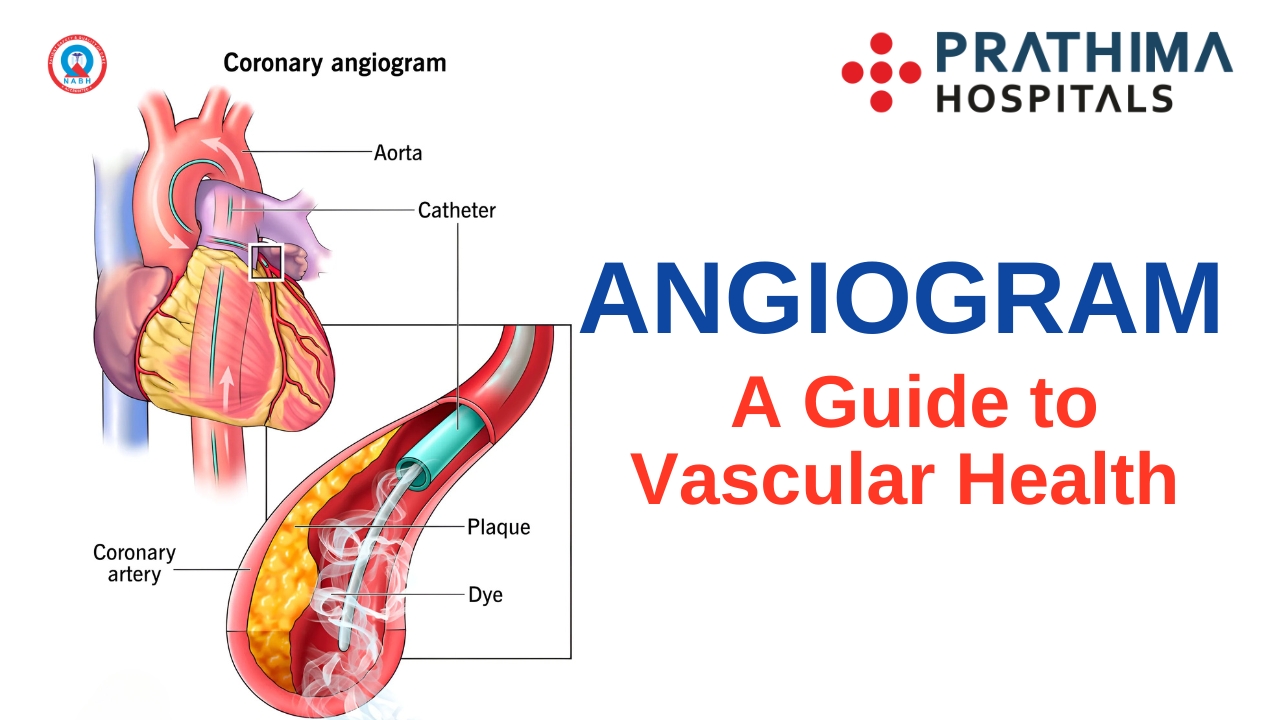“Truths About the Hepatitis Virus”

Causes of Hepatitis Virus
Introduction:
While the world has been grappling with well-known viral outbreaks such as HIV, COVID-19, and influenza, another silent pandemic has been wreaking havoc on a global scale – the hepatitis virus. According to the Best Gastroenterologist in Hyderabad, Hepatitis, characterized by inflammation of the liver, is caused by various viruses, with Hepatitis A, B, C, D, and E being the most common types. The liver performs over 500 vital functions every day, so it’s important to keep it healthy. On this World Hepatitis Day, let’s raise awareness and curb this secret pandemic before it turns severe by learning the hidden truths surrounding the hepatitis virus, its impact, and measures to combat it.
Understanding the Hepatitis Virus:
Hepatitis A (HAV): Hepatitis A is a single-stranded RNA virus belonging to the Picornaviridae family. It is primarily transmitted through the faecal-oral route, commonly via contaminated food and water. In areas with poor sanitation, outbreaks can occur, and the virus can spread rapidly.
Symptoms: HAV causes acute hepatitis, with symptoms including fatigue, nausea, abdominal pain, loss of appetite, jaundice (yellowing of the skin and eyes), and dark-coloured urine.
Prevention: Vaccination is the most effective method of preventing Hepatitis A. The vaccine is recommended for travellers to high-risk areas, individuals with certain medical conditions, and those with potential occupational exposure.
Hepatitis B (HBV): Hepatitis B is a partially double-stranded DNA virus classified in the Hepadnaviridae family. It is transmitted through blood and other body fluids, such as semen and vaginal fluids. HBV can be transmitted from mother to child during childbirth or through unprotected sexual contact, contaminated needles, and from infected individuals to household contacts.
Symptoms: Like HAV, HBV can cause acute hepatitis with similar symptoms. However, a significant number of people (around 90%) who contract HBV as infants or young children develop chronic hepatitis B, which can lead to serious liver complications, such as cirrhosis and liver cancer.
Prevention: Hepatitis B vaccination is recommended for all infants and individuals who have not been previously vaccinated. For adults, vaccination is suggested for those at higher risk due to specific occupations, sexual behaviours, or medical conditions.
Hepatitis C (HCV): Hepatitis C is a single-stranded RNA virus belonging to the Flaviviridae family. It is primarily transmitted through blood-to-blood contact, often associated with sharing contaminated needles and syringes among injection drug users. Prior to the implementation of widespread screening of blood products, HCV transmission also occurred through blood transfusions and organ transplants.
Symptoms: Acute HCV infection is often asymptomatic, making early detection challenging. However, around 70-80% of individuals with acute HCV will develop chronic hepatitis C, which can lead to severe liver damage over time.
Prevention: As per Best Gastroenterologist in Kukatpally, no vaccine is currently available for Hepatitis C. Prevention efforts focus on harm reduction among injection drug users, proper sterilization of medical equipment, and screening of blood and organ donations.
Hepatitis D (HDV): Hepatitis D is an incomplete virus that requires the presence of Hepatitis B to replicate. It is transmitted similarly to HBV, through blood and body fluids. HDV infection occurs only in individuals already infected with HBV.
Symptoms: HDV infection can cause more severe and rapid liver damage compared to HBV alone. It can lead to a higher risk of cirrhosis and liver failure.
Prevention: Preventing Hepatitis B infection through vaccination is the key to avoiding Hepatitis D, as HDV cannot replicate without HBV.
Hepatitis E (HEV): Hepatitis E is a single-stranded RNA virus belonging to the Hepeviridae family. It is mainly transmitted through the faecal-oral route, often via contaminated water in areas with inadequate sanitation.
Symptoms: Hepatitis E infection usually leads to an acute, self-limiting illness with symptoms similar to HAV and HBV. It rarely progresses to a chronic infection.
Prevention: While a vaccine for Hepatitis E is available, it is not widely used. Prevention strategies mainly involve improving sanitation and access to safe drinking water.
The Hidden Global Impact:
- Prevalence and Underreporting: Hepatitis is a global health concern, with approximately 354 million people living with chronic viral hepatitis. Unfortunately, the true prevalence is likely underestimated due to underreporting and limited access to healthcare in many regions.
- Silent Epidemic: Unlike some viruses that draw immediate attention due to severe symptoms, hepatitis infections can remain asymptomatic for years, silently damaging the liver. This makes early detection challenging and increases the risk of long-term complications.
- High Mortality Rate: Hepatitis-related deaths have been steadily rising over the years, accounting for nearly 1.1 million deaths annually. Shockingly, this is comparable to the death toll from HIV/AIDS or tuberculosis.
- Social Stigma: Hepatitis infections, especially HBV and HCV, are often associated with societal stigma and discrimination due to misconceptions about transmission routes. This stigma can deter individuals from seeking testing and treatment, further exacerbating the pandemic.
- Impact on Vulnerable Populations: The hepatitis virus disproportionately affects vulnerable populations, such as injection drug users, prisoners, and individuals in low-resource settings, where access to prevention and treatment measures is limited.
Unravelling the Causes:
Inadequate Awareness:
One of the primary challenges in combating the hepatitis pandemic is the lack of awareness among the general public and healthcare providers. Many people have limited knowledge about how the hepatitis virus spreads and the importance of prevention measures. This lack of awareness can lead to delayed diagnosis and treatment, allowing the virus to spread further.
Public awareness campaigns are crucial to educating individuals about the transmission routes of different hepatitis viruses. These campaigns should focus on promoting hygiene practices, safe sex, and the benefits of vaccination. Healthcare providers also need to be educated about the importance of screening and testing for hepatitis, especially in high-risk populations, to ensure early detection and timely intervention.
Insufficient Vaccination Coverage:
Vaccines have proven to be highly effective in preventing hepatitis infections, particularly for Hepatitis A and B. However, in many regions, vaccination rates remain suboptimal, especially in low-income countries with limited healthcare resources. This lack of vaccination coverage leaves populations vulnerable to outbreaks and severe liver complications.
To improve vaccination rates, governments and healthcare organizations must prioritize vaccination programs, especially for at-risk populations. This includes implementing routine vaccination for infants, providing catch-up vaccinations for unvaccinated individuals, and targeting high-risk groups like healthcare workers, travellers, and people with certain medical conditions.
Unsafe Injection Practices:
According to the Best Gastroenterologist in Kachiguda, the improper sterilization of medical equipment and unsafe injection practices pose a significant risk for hepatitis transmission, especially for Hepatitis B and C. Inadequate infection control measures in healthcare settings can lead to the spread of the virus among patients and even healthcare workers.
To address this issue, strict infection control protocols must be implemented and enforced in healthcare facilities worldwide. Healthcare providers should be trained on proper sterilization techniques and single-use, disposable medical equipment should be used whenever possible. Additionally, raising awareness among the public about the importance of safe healthcare practices can help reduce the risk of transmission.
Lack of Screening and Testing:
Many countries lack widespread screening programs for hepatitis infections, leading to undiagnosed cases and missed opportunities for early intervention. Early detection is crucial for initiating appropriate treatment and preventing the progression of the disease to chronic hepatitis, which can lead to severe liver damage and complications.
To improve screening and testing rates, healthcare systems need to implement comprehensive screening programs, particularly for high-risk populations. This may involve integrating hepatitis testing into routine health check-ups and offering targeted testing in vulnerable communities. Access to affordable and accessible testing facilities should also be prioritized.
Limited Access to Treatment:
Access to life-saving antiviral treatments for chronic hepatitis remains limited in many parts of the world, particularly in low-resource settings. High treatment costs and restricted availability of medications leave many patients without appropriate care, leading to poorer health outcomes.
To address this issue, efforts must be made to negotiate affordable drug prices and increase the availability of antiviral treatments globally. Governments, international organizations, and pharmaceutical companies should collaborate to ensure that cost-effective treatments reach those in need, regardless of their economic status.
Combating the Secret Pandemic:
- Raising Awareness: Governments, healthcare organizations, and NGOs must collaborate to raise public awareness about hepatitis transmission, prevention, and the availability of vaccines.
- Universal Vaccination: Encouraging and facilitating universal vaccination against Hepatitis A and B can significantly reduce the burden of these infections.
- Safe Injection Practices: Implementing and enforcing stringent infection control measures in healthcare settings and ensuring safe injection practices can help prevent hepatitis transmission.
- Testing and Diagnosis: Expanding access to affordable and accessible testing facilities will help identify undiagnosed cases and initiate timely treatment.
- Affordable Treatment: Negotiating affordable drug prices and increasing access to treatment will improve outcomes for those living with chronic hepatitis.
- Combating Stigma: Public health campaigns should aim to combat the stigma and discrimination associated with hepatitis, encouraging individuals to seek testing and treatment without fear of judgment.
Conclusion:
The hepatitis virus has silently perpetuated a pandemic for far too long, inflicting a heavy toll on global health and well-being as per the Best Gastroenterologist in KPHB. Understanding the true impact of this hidden crisis is essential to combat it effectively. On this World Hepatitis Day let’s raise awareness, by implementing prevention strategies, and ensuring access to testing and treatment, the world can finally unveil the truths about the secret pandemic of the hepatitis virus and work towards its eradication. Only through concerted efforts and international collaboration can we hope to curb the rising tide of hepatitis infections and safeguard the health of future generations.
.
.
.
.
.
For more details:
📞:: 733 733 6600 | 040 4345 4345
🌐:: https://prathimahospitals.com/book-appointment/






Warning: Undefined variable $req in /home/u885608126/domains/prathimahospitals.com/public_html/wp-content/themes/prathimahospitals/functions.php on line 294
Warning: Undefined variable $commenter in /home/u885608126/domains/prathimahospitals.com/public_html/wp-content/themes/prathimahospitals/functions.php on line 295
Warning: Trying to access array offset on value of type null in /home/u885608126/domains/prathimahospitals.com/public_html/wp-content/themes/prathimahospitals/functions.php on line 295
Warning: Undefined variable $aria_req in /home/u885608126/domains/prathimahospitals.com/public_html/wp-content/themes/prathimahospitals/functions.php on line 295
Warning: Undefined variable $req in /home/u885608126/domains/prathimahospitals.com/public_html/wp-content/themes/prathimahospitals/functions.php on line 298
Warning: Undefined variable $commenter in /home/u885608126/domains/prathimahospitals.com/public_html/wp-content/themes/prathimahospitals/functions.php on line 299
Warning: Trying to access array offset on value of type null in /home/u885608126/domains/prathimahospitals.com/public_html/wp-content/themes/prathimahospitals/functions.php on line 299
Warning: Undefined variable $aria_req in /home/u885608126/domains/prathimahospitals.com/public_html/wp-content/themes/prathimahospitals/functions.php on line 300
Warning: Undefined variable $commenter in /home/u885608126/domains/prathimahospitals.com/public_html/wp-content/themes/prathimahospitals/functions.php on line 303
Warning: Trying to access array offset on value of type null in /home/u885608126/domains/prathimahospitals.com/public_html/wp-content/themes/prathimahospitals/functions.php on line 303